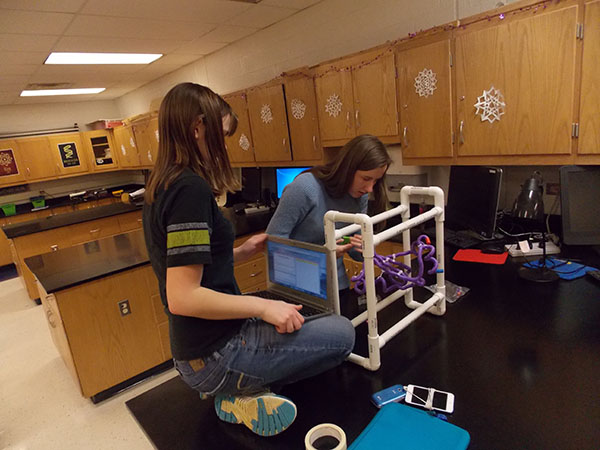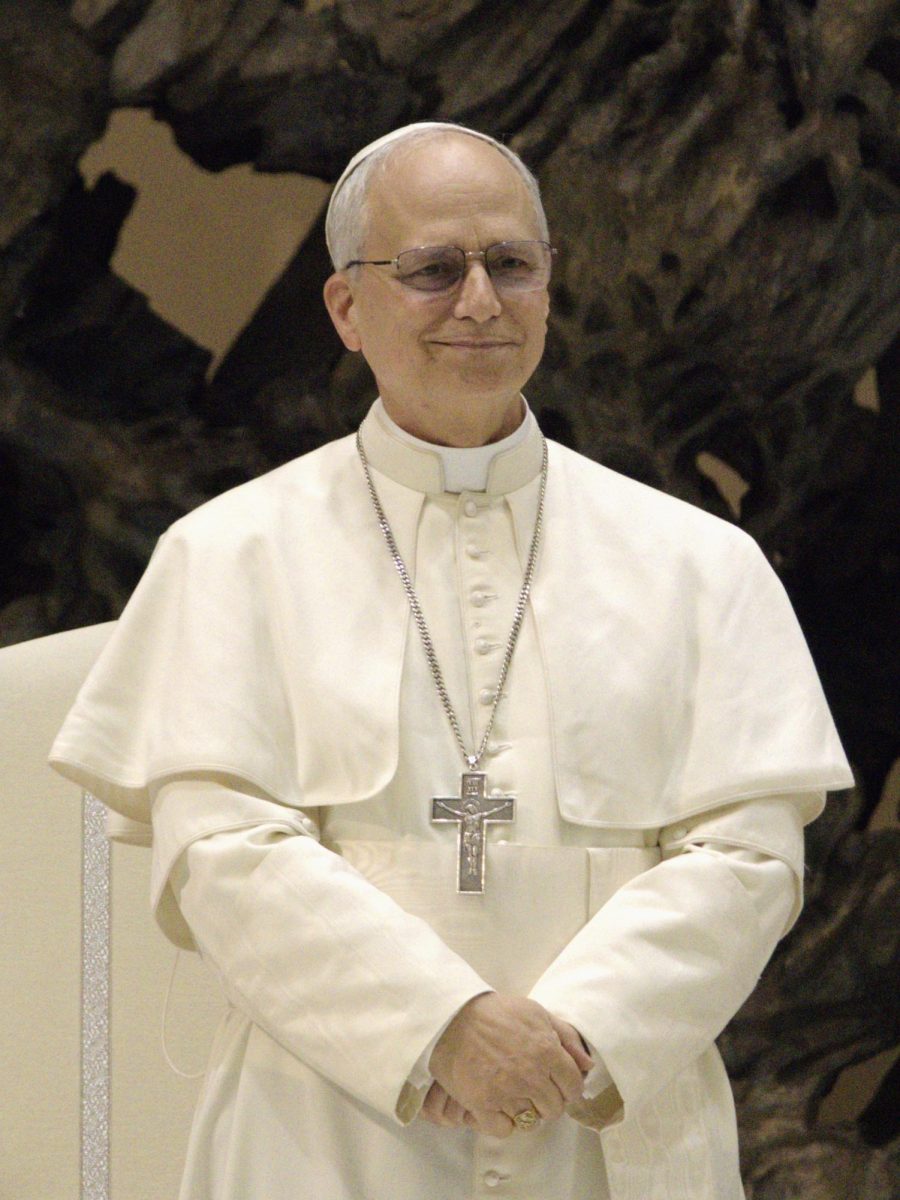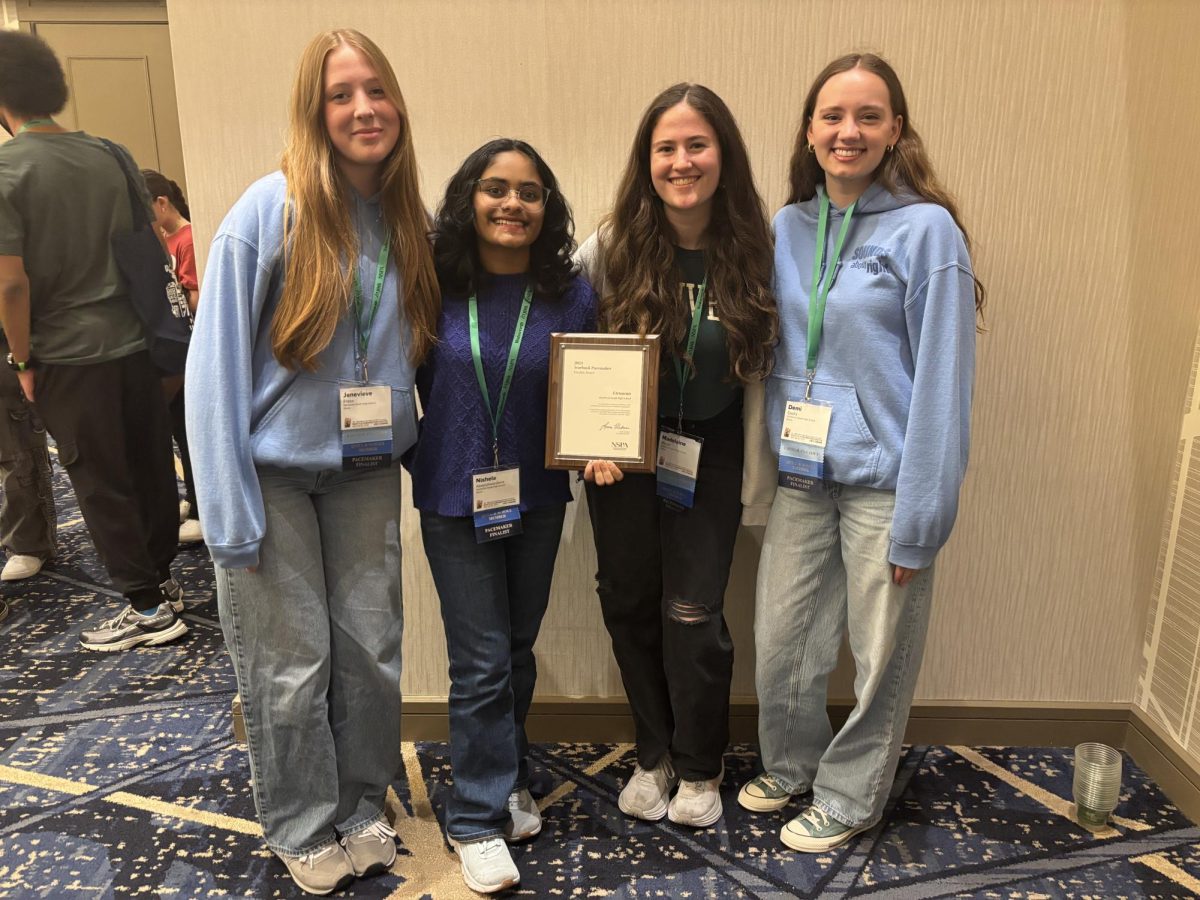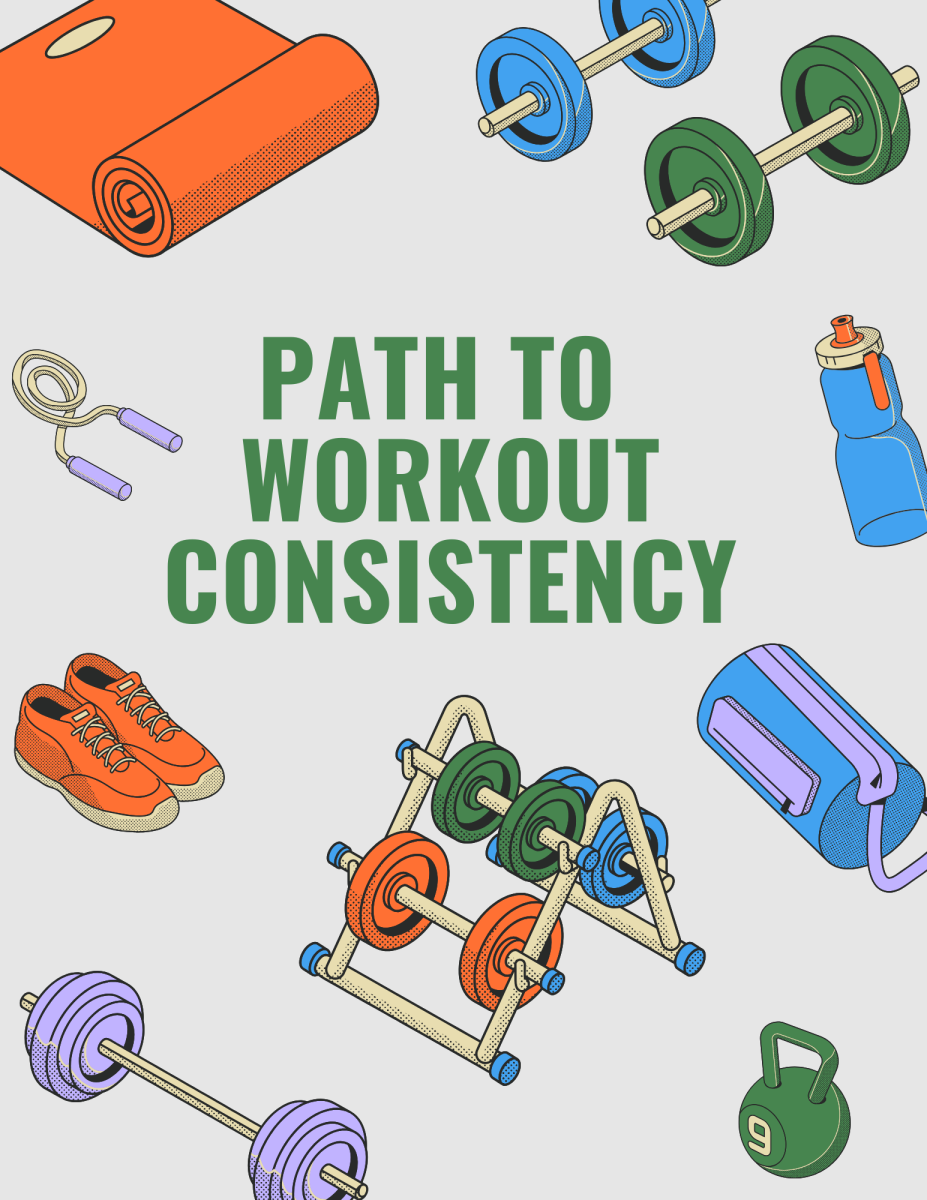Science Olympiad students of all grades focus on building projects and learning science material through collaboration to later showcase their work and knowledge in competitions.
To prepare for competitions, Science Olympiad members work in small groups in and out of the club. It is guaranteed that each team from every school will go to regionals when the competition comes around. Regionals is the initial competition where members showcase their projects and take tests they’ve studied for. Event supervisors, usually high school science teachers, write and judge the events Science Olympiad members choose to participate in. According to Jill Serikaku, Science Olympiad sponsor, this year’s regionals will be judged stricter than regionals in the past.
“I think it will be more beneficial because it will put us in the mindset of preparing for state,” Serikaku said. “The invitational is a chance to make mistakes, to figure things out [and] to tweak designs and to decide who is doing what event.”
A typical club meeting consists of students branching off into small groups to work on projects or study for tests. Announcements are given by the club sponsors as well as the team captain Aniket Patel. Patel is typically flooded with other members’ questions about their projects, and the other members look up to him and value his advice. There are seniors working with freshman on projects, kids studying flash cards with each other and a surplus of science construction materials being used. It may seem chaotic to someone who does not attend the club, but members see it as productivity, according to Patel.
“I have to help people with their events,” Patel said. “I’m also the link between teachers and students, and I have to do the finance managing for supplies and stuff.”
Some students critique the curriculum of science classes because of the lack of applicable lessons from the material. According to Patel, Science Olympiad shows how science is used in real life situations. The club also becomes appealing to some students through their friends. Some members join because they heard about it from their friends, and they are interested in science.
The environment is diverse with the amount of collaboration between students of every grade working together on projects. Junior Anne Isaacs is currently working on a protein model to showcase in regionals. Isaacs was a key supporter of the start of Science Olympiad at Springman in 8th grade.
“I campaigned for the club when I found out Attea had it,” Isaacs said. “The next year I had a science teacher that really liked me and she was like, ‘Hey I talked to some people and we want to start a Science Olympiad club.’”












